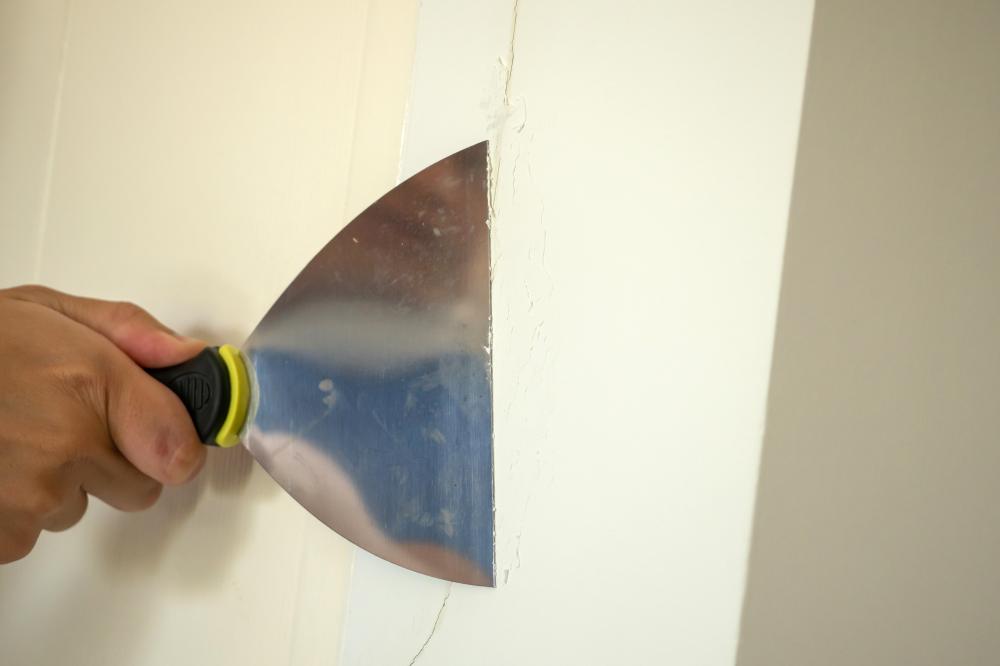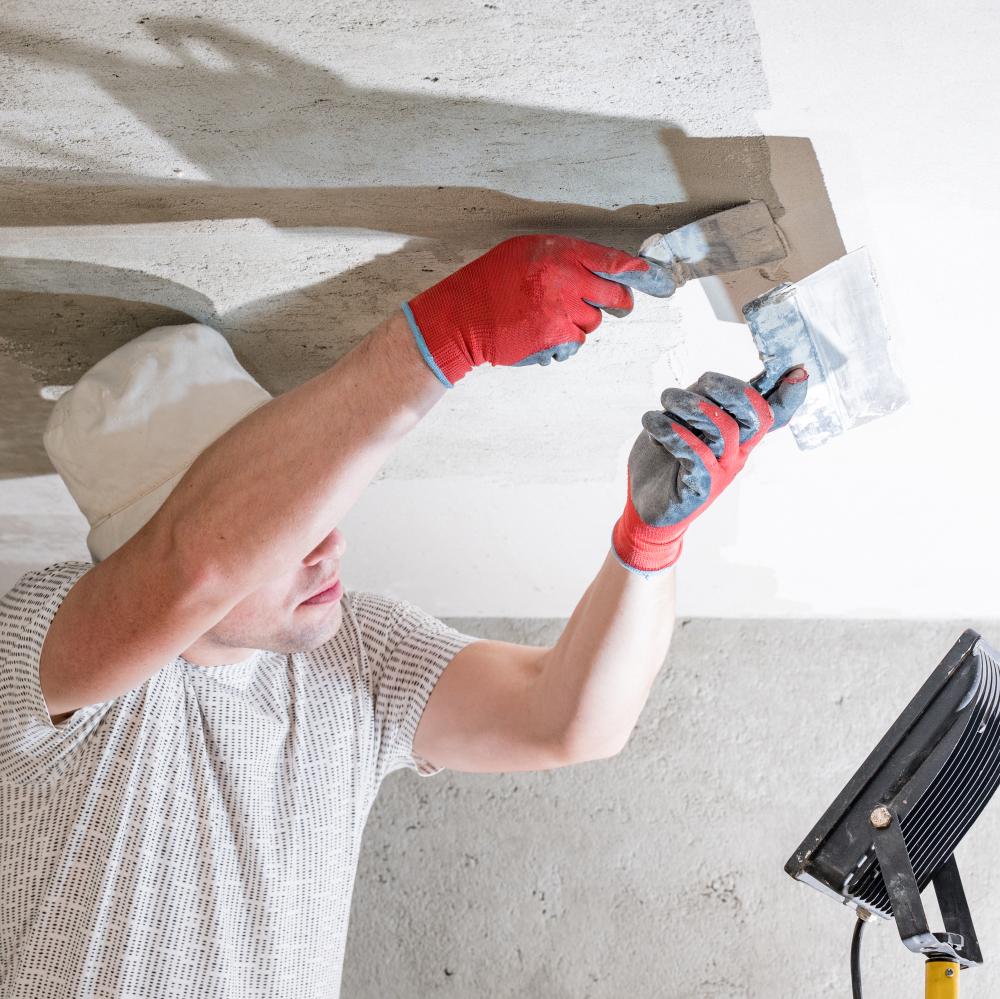
The Art of Plastering
As a seasoned Plasterer with over two decades of experience, I’ve seen firsthand how this craft has evolved. The Plasterer is often the unsung hero of construction, responsible for creating the smooth, flawless surfaces we often take for granted. From the sweltering heat of Melbourne to the chilly winds of Ballarat, we’ve seen it all. The role demands not only technical skill but also a keen eye for detail and a passion for perfection.
In essence, plastering is an amalgamation of art and science. The ability to transform rough surfaces into works of art capable of withstanding varying weather conditions is truly remarkable. The Plasterer must understand the different materials used in plastering, from traditional lime and sand to modern-day gypsum-based plasters.
Tools of the Trade
Any experienced Plasterer will tell you that the right tools make all the difference. A well-equipped kit typically includes trowels for applying and smoothing plaster, hawks for holding plaster mix, and floats for finishing the surface. My trusty rendering machine has been an indispensable companion, especially for larger projects.
For intricate jobs, smaller tools like corner trowels and margin trowels come into play. However, beyond the tools, it’s the skill of the Plasterer that determines the quality of the finish. Knowing how to handle the tools with precision and timing is vital to achieving that perfect look.
Plasterer Skills and Competencies
To excel as a Plasterer, one must possess a variety of skills. Physical strength is essential, as the work is labor-intensive. Equally important is an understanding of architectural drawings, allowing us to interpret the designs accurately.
Problem-solving skills come into play when dealing with unforeseen issues on-site. For instance, I’ve had to navigate through structural anomalies that weren’t apparent during planning. Patience is key, as rushing a plaster job often results in imperfection. A Plasterer must be meticulous, ensuring every inch is as smooth as glass.
How to Handle Common Plasterer Challenges
Over the years, I’ve encountered many challenges unique to the Plasterer. Seasonal changes, for example, can affect drying times and the consistency of the substrate. Here’s how I manage these hurdles:
- Assess the Environment: Evaluate temperature and humidity levels before mixing plaster.
- Choose the Right Materials: Opt for suitable mixes that can withstand specific climatic conditions.
- Adjust Techniques: Use alternative plastering techniques tailored to the environmental conditions.
- Quality Control: Perform regular checks throughout the curing process to ensure optimal results.
By following these steps, a Plasterer can mitigate common problems like cracking or shrinking, delivering a superior finish that stands the test of time.
What Qualifies as a Plasterer Emergency?
A plastering emergency arises when structural integrity is at risk, often due to unforeseen events like water damage or a sudden impact causing severe plaster detachment. In such cases, immediate intervention is essential to prevent further damage.
For instance, I’ve responded to many late-night calls due to burst pipes that resulted in saturated plaster. The first step in these situations is to identify the source of the problem and address it. Next, it’s crucial to assess the extent of the damage and remove any compromised plaster. Finally, repairing and restoring the affected area ensures the safety and aesthetic of the structure.
The Value of a Professional Plasterer
Choosing a skilled Plasterer can significantly impact the overall look and durability of a project. A professional brings not just skill but also a wealth of experience and insights into the job. I recall a renovation where the client’s previous DIY attempts led to uneven surfaces. By redoing the work as a professional Plasterer, we transformed the space, showcasing how expertise can elevate quality.
- Attention to Detail: A professional focuses on every minor aspect, ensuring a flawless finish.
- Quality Materials: Only top-grade materials and plaster are used for longevity.
- Expert Techniques: Advanced methods ensure efficiency and excellence in outcomes.
In the end, investing in a reputable Plasterer offers peace of mind, knowing the job is done right the first time, adding both value and longevity to the property.

Why is plastering considered an art form?
Plastering is often seen as an art form due to the skilled craftsmanship required to transform irregular, rough surfaces into smooth, flawless canvases. A plasterer must not only possess technical proficiency but also a keen eye for detail and an appreciation for aesthetics. Imagine creating a perfect finish on a new office wall where every curve and corner seamlessly blends into the next–this is where art meets skill. This craft involves understanding the properties of different materials and how they interact with environmental conditions to produce the desired outcome, much like a painter choosing the right pigments and brushes to bring a vision to life. It’s this blend of science and creativity that elevates plastering to an art form.
What tools are essential for a professional plasterer?
For a professional plasterer, the right tools are crucial in delivering top-quality finishes. Key tools include various types of trowels for applying and smoothing plaster, hawks to hold plaster, and floats for achieving that final polished look. My personal favorite is the rendering machine, which is indispensable for large-scale projects where efficiency and precision are a must. It’s much like a chef needing the right knives–not only do these tools make the work possible, but they also help in achieving a consistent and high-standard result. Moreover, smaller tools like corner trowels are perfect for tackling intricate details, ensuring no area is overlooked. A successful plasterer knows how to wield these tools with precision, much like a conductor leading an orchestra to create harmonious symphonies.
What skills does a plasterer need to excel in the industry?
Excelling as a plasterer requires a combination of physical strength, technical know-how, and a problem-solving attitude. Physical endurance is vital because plastering is labor-intensive. An in-depth understanding of architectural drawings allows you to accurately interpret designs, ensuring the result matches the client’s vision. In one instance, we encountered unexpected structural anomalies and solved them through creative problem-solving. Patience and attention to detail are also crucial, as rushing often leads to imperfections. Imagine crafting a ceiling that looks like a seamless extension of the walls below–that’s the kind of finesse we’re talking about. These skills ensure that every project is completed to the highest standards, setting you apart as a true professional in the field.
How do plasterers handle common challenges?
Plasterers often face unique challenges, particularly those posed by seasonal changes affecting drying times and consistency. To tackle these, I recommend assessing the environment for temperature and humidity before starting any job. This helps in selecting the right materials that can withstand specific conditions. Adjusting techniques based on environmental factors is key–what works on a cool, dry day might not be suitable for a hot, humid one. Quality control throughout the project is essential to ensure the finish remains flawless. For instance, incorporating regular checks during the curing process can prevent issues like cracking or shrinking. Have you ever faced a plastering challenge where the usual methods didn’t work? It’s all about being adaptable and proactive to maintain that perfect finish.
What defines a plasterer emergency?
A plasterer emergency often arises when there’s a risk to structural integrity, such as sudden impacts or water damage. For instance, a burst pipe that saturates walls can cause severe detachment of plaster, needing immediate attention to prevent further damage. In these situations, the first step is to address the source of the problem and assess the extent of the damage. It’s crucial to remove any compromised plaster and restore the affected area to maintain safety and aesthetics. Have you experienced a scenario where quick intervention saved a project from deteriorating further? These emergencies highlight the importance of prompt action and skilled expertise in preserving both the beauty and structural soundness of a space.
What benefits does a professional plasterer bring to a project?
Choosing a professional plasterer can significantly enhance the quality and durability of a project. Professionals bring not only technical skill but also invaluable experience and insight. In one renovation project, I was called in after a DIY attempt left the walls uneven. By redoing the work professionally, we transformed the space, demonstrating how expertise can elevate quality. Professionals like Local Plasterer pay attention to the minutiae, use high-grade materials, and apply advanced techniques to ensure efficiency and superior results. Investing in a skilled plasterer provides peace of mind, knowing the job will be done right the first time, adding value and longevity to your property. What aspects do you consider when evaluating the quality of a plastering project?
Plastering Resources
- ABC Australia – A trusted source for news and information, offering insights into the construction industry.
- American Psychological Association – Provides valuable information on skills development and problem-solving strategies.
- Encyclopedia Britannica – Explore the history and techniques of plastering throughout the ages.
- National Park Service – Learn about the preservation of historic plasterwork and the importance of professional craftsmanship.
